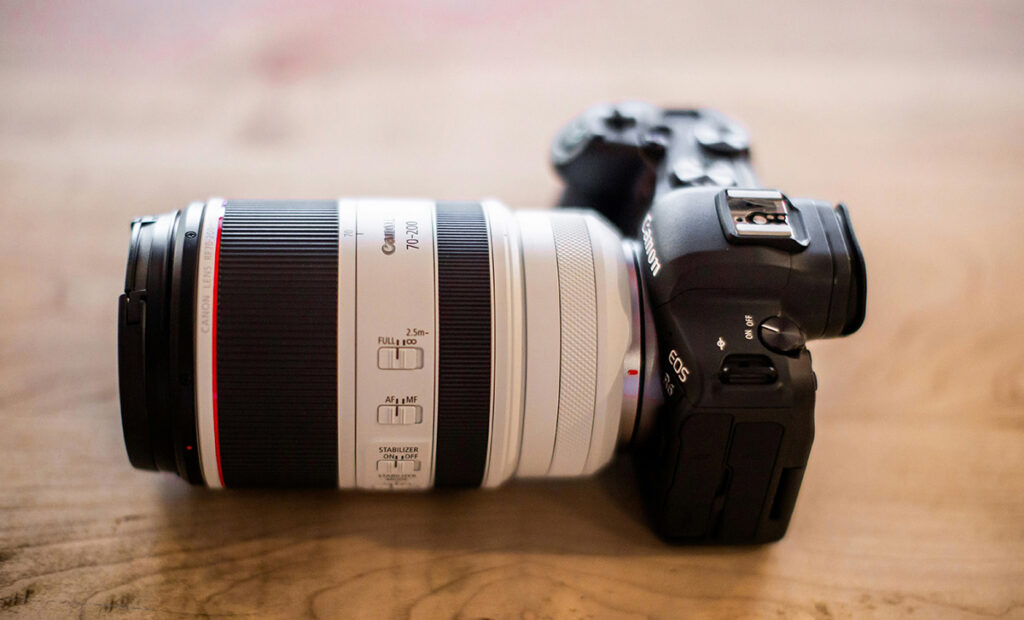Auto vs. manual focus system is a critical debate in the world of photography, impacting how photographers capture sharp, stunning images. Each focusing method comes with its own set of advantages and challenges, influencing everything from speed to precision. Understanding these differences can enhance your photography skills and help you make informed decisions on which system to use based on the shooting situation. In this article, we will explore the intricacies of auto and manual focus systems, their benefits and drawbacks, and practical examples of when to use each.

Understanding Auto Focus (AF)
What is Auto Focus?
Auto focus is a system that automatically adjusts the camera’s lens to focus on a subject. Most modern cameras, including DSLRs and mirrorless models, feature sophisticated AF systems that use various technologies to determine the best focus point. There are two main types of auto focus:
- Phase Detection: This method uses a dedicated sensor to analyze the incoming light and calculate the distance to the subject. It’s fast and efficient, making it ideal for action photography. For example, DSLRs often use phase detection when shooting in bright light.
- Contrast Detection: This method analyzes the contrast of the image in real-time to find the best focus point. While it can be slower, it’s commonly used in mirrorless cameras and can achieve very accurate focus in good lighting conditions.
Advantages of Auto Focus
- Speed: AF systems can quickly lock onto a subject, making it perfect for fast-moving scenarios, such as sports or wildlife photography.
- Ease of Use: Auto focus is user-friendly, especially for beginners. You can simply point your camera at the subject, and it does the rest.
- Continuous Focus: Many cameras offer continuous AF modes (like AF-C for Nikon or AI Servo for Canon) that adjust focus as the subject moves, ensuring sharp images.
Disadvantages of Auto Focus
- Inaccuracy in Low Light: AF can struggle in low-light conditions, leading to missed focus points or soft images.
- Focus Shifting: In busy scenes, the camera might focus on an unintended subject, such as an object in the foreground, leading to an out-of-focus subject.
- Limited Creativity: Relying solely on AF can limit a photographer’s ability to express their artistic vision, as the camera makes the decisions.
Example of Auto Focus in Action
Imagine you’re at a sports event, trying to capture a soccer player in action. By using the auto focus system, your camera can quickly adjust to the player’s movements, ensuring that the shot is sharp and in focus. With the continuous AF mode activated, even if the player runs toward you, your camera will keep tracking and focusing on them.
Understanding Manual Focus (MF)
What is Manual Focus?
Manual focus is a system that allows photographers to control the focus of the lens themselves. You twist the focus ring on the lens to achieve the desired sharpness. While manual focus might seem old-fashioned, it still holds significant value, especially in certain situations.

Advantages of Manual Focus
- Precision: Manual focus allows for precise control, especially in close-up photography or when focusing on a specific point in a scene.
- Low Light Performance: In low-light situations, manual focus can sometimes be more reliable than AF, as you can visually assess the focus point without relying on the camera’s sensors.
- Creative Control: Manual focus gives photographers the ability to decide what to focus on, enhancing creative expression. This is particularly useful for techniques like selective focus.
Disadvantages of Manual Focus
- Speed: It can be slower than auto focus, which might be a disadvantage in fast-paced situations.
- Learning Curve: For beginners, manual focus can be challenging, as it requires a good understanding of depth of field and distance.
- Less Effective for Moving Subjects: Capturing fast-moving subjects can be difficult, as it requires quick adjustments and steady hands.
Example of Manual Focus in Action
Consider a landscape photographer capturing a serene sunset scene. By using manual focus, they can carefully adjust the focus to ensure the foreground flowers are sharp while allowing the background mountains to softly blur, creating a beautiful bokeh effect. This level of control can enhance the overall artistic quality of the image.
When to Use Auto Focus vs. Manual Focus
Auto Focus Scenarios
- Sports and Action Photography: When subjects are moving rapidly, auto focus can keep up and provide sharp images.
- Street Photography: Quick shots often benefit from the speed of AF, allowing you to capture spontaneous moments.
- Wildlife Photography: Fast and unpredictable movements of animals make AF a better choice for ensuring you get the shot.
Manual Focus Scenarios
- Macro Photography: When working with close-ups, manual focus allows for precise adjustments to achieve sharp details.
- Low Light Situations: In dimly lit environments, manually focusing can sometimes yield better results when AF struggles.
- Artistic Shots: For creative photography, such as portraits with shallow depth of field or deliberate soft focus, manual control can produce unique results.
Conclusion
Both auto focus and manual focus systems have their unique strengths and weaknesses. Auto focus is ideal for speed and convenience, especially in dynamic situations, while manual focus offers precision and creative control. By practicing with both systems, you’ll become a more versatile photographer, capable of capturing stunning images in any scenario. Whether you’re shooting action-packed sports or serene landscapes, knowing how to harness the power of focus will elevate your photography to new heights. Happy shooting!

Informative